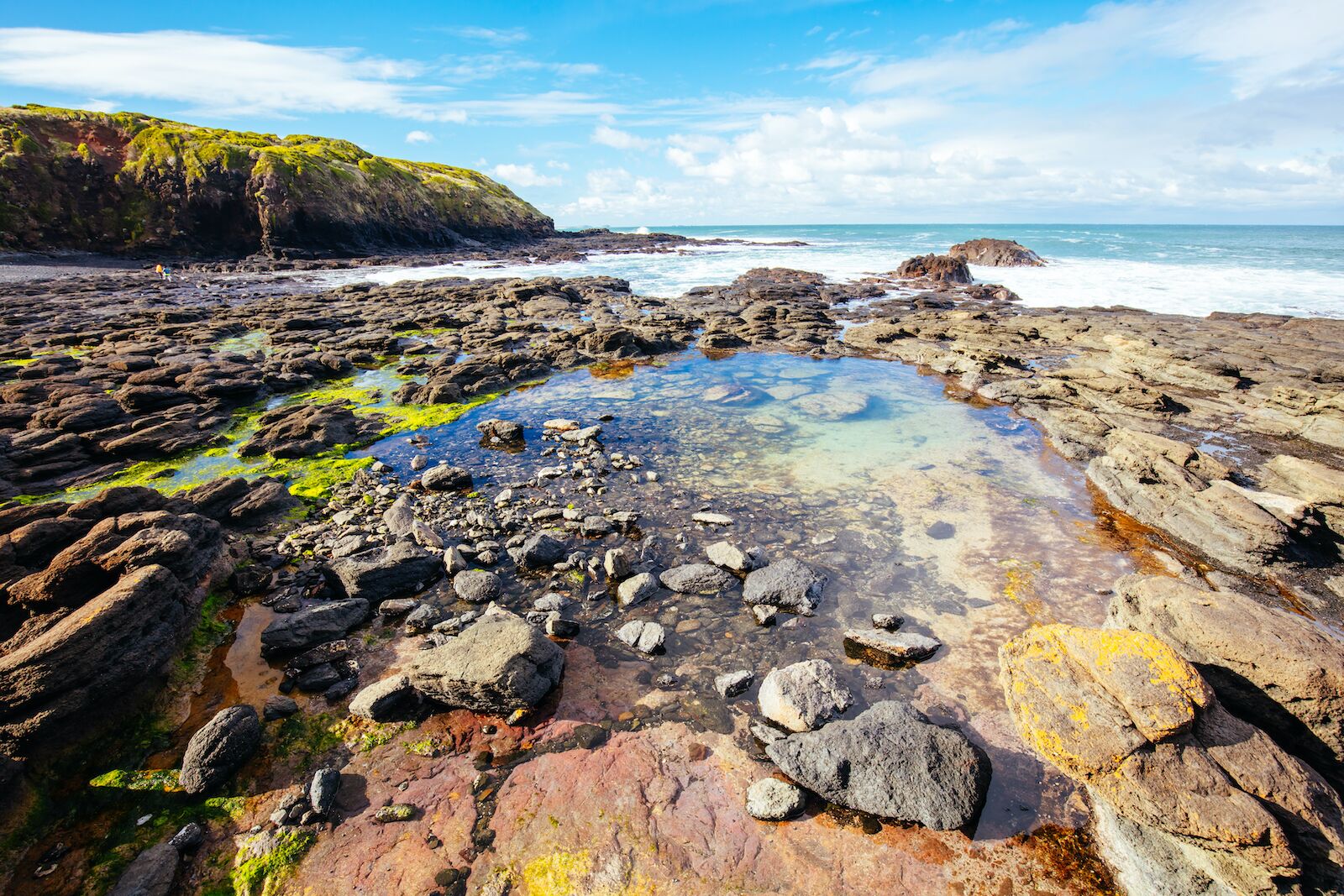Exploring the Wonder of Rock Pools: A Parent’s Guide
Welcome, adventurous parents and curious kiddos! Are you ready to dive into the fascinating world of rock pools? If you’re nodding with excitement, then you’re in the right place. Today, we’ll embark on a delightful journey to discover the hidden treasures within these natural wonders that dot our shorelines.
What Are Rock Pools and Why Explore Them?
Rock pools, also known as tide pools or rock pools, are shallow pockets of seawater that can be found along rocky coastlines around the world. These miniature ecosystems are teeming with marine life, waiting to be explored. They’re a window into the underwater world and the perfect outdoor classroom for children.
The Joy and Education of Rock Pooling
- Encouraging Curiosity: Rock pooling is an excellent way for children to develop their curiosity about the natural world as they explore and ask questions about the creatures and plants they find.
- Educational Benefits: It’s a hands-on biology lesson where the rock pool becomes a living science lab.
- Family Bonding Time: Exploring rock pools together is a wonderful opportunity for families to bond and create lasting memories.
How to Get Started with Rock Pooling
Embarking on a rock pooling adventure is easier than you might think and it’s an activity that can be enjoyed by the whole family. Here are some essential tips to get you started:
1. Check the Tides
Timing is everything in rock pooling. The best time to explore is during a low tide, when more pools are exposed and accessible. You can find tide timetables online or at your local coastal visitor center.
2. Pack the Right Gear
- Footwear: Wear sturdy, non-slip shoes to navigate wet rocks and protect feet.
- Buckets and Nets: Bring a clear bucket or container to temporarily house discoveries for a closer look, and a small net for gentle catching.
- Guides and Identification Books: Equip yourself with a local wildlife guide to identify creatures and teach children about them.
3. Location, Location, Location
Not all rock pools are created equal. Do a bit of research to find the best spots in your area, considering safety, accessibility and ecological diversity.
4. Be Prepared for the Weather
The coastal weather can be unpredictable. Dress in layers, wear a hat and waterproof sunscreen, and always pack a waterproof jacket.
And now, let’s get into the nitty-gritty of what you might discover in these micro-aquatic habitats.
Discovering the Inhabitants of Rock Pools
Rock pools can be home to a wide range of species, from slow-moving sea anemones to quick-footed crabs. Here are some common residents you might encounter:
Starfish and Sea Anemones
These creatures often cling to rocks and can sometimes be seen in a variety of colors, adding a touch of magic to your rock pool adventure.
Crustaceans
Hermit crabs, shrimp, and other shellfish are masters of hide-and-seek, often camouflaging themselves among the seaweed and stones. Remember, while it can be fun to watch crabs scuttle about, they’re also delicate, so handle with care!
Sea Snails and Limpets
With their hard shells, these mollusks are the rock pool’s knights in shining armor. They move slowly, but their perseverance is something to admire.
As our exploration of the majestic rock pool begins, remember that the adventure doesn’t stop here. In the next section, we’ll dive deeper into the etiquette of rock pooling, how to responsibly interact with marine life, and how to make the most out of your family’s rock pooling experience. Stay tuned for a tidal wave of fun information!

5 Essential Things Parents Should Know Before Preparing for Rock Pool Adventures
- Safety First: Always keep a close eye on your children around water and slippery rocks. Teach them how to safely move across the rocks and be aware of waves that can increase with the incoming tide.
- Respect Marine Life: These environments are homes to many creatures. Teach your children to carefully observe and gently touch (if appropriate), but to never remove animals from their natural habitat or pick up creatures that are attached to rocks.
- Environmental Impact: Make sure to leave the rock pool as you found it. Take all your rubbish with you, and if you’ve moved any rocks, put them back gently. The key is to minimize your impact on the ecosystem.
- Plan for Snacks and Hydration: Exploring can be hungry work, so pack enough snacks and water for your family. Remember to guard against dehydration, especially on sunny days.
- Know When to Call It a Day: Watch for signs of tiredness or cold in your children. It’s always best to finish while everyone is still having a good time, to keep the experience a positive one.
Rock Pool Etiquette and Responsible Exploration
While exploring the wonders of rock pools may make you and your children feel like intrepid ocean explorers, it’s important to approach this activity with a sense of stewardship for the environment. Here are some rock pool etiquette tips:
- Catch and Release: If you do collect creatures in your bucket for a closer look, make sure to return them to the exact spot you found them, and do so shortly after to minimize stress on the animals.
- No Souvenirs: While shells and rocks may be tempting to take home, it’s better for the ecosystem for everything to stay in place.
- Gentle Handling: If children want to handle the creatures, show them how to do so gently, avoiding delicate parts like tentacles or antennae.
- Tread Lightly: The less disturbance to the rock pool, the better. Teach kids to observe more than they touch, and to watch where they step to avoid harming animals or algae.
Maximizing Your Rock Pool Experience
With the right approach, rock pooling can be a rewarding experience for both you and your children. Here are a few ways to enrich your family’s experience:
- Engage with Local Experts: Sometimes, local marine conservation groups will offer guided rock pool tours. This can be a great way to learn from an expert and spot things you might have missed on your own.
- Record Your Discoveries: Encourage your kids to keep a diary or draw pictures of what they find. This not only helps solidify their learning but can create a treasured memento.
- Use Technology: If children are old enough, using a waterproof camera or smartphone can help document the outing. Various apps can also add to the educational experience.
Now that you’re equipped with some practical tips and essential rock pool etiquette, gather your buckets, nets, and sense of wonder, and get ready to introduce your family to the captivating world that lies within the rock pools along our coasts. Each visit can ignite a sense of discovery and foster a deeper appreciation for the incredible biodiversity of our planet. Dive in, explore, learn, and most importantly, enjoy every splash of your rock pool adventure!
. For more information see here
Disclaimer
The articles available via our website provide general information only and we strongly urge readers to exercise caution and conduct their own thorough research and fact-checking. The information presented should not be taken as absolute truth, and, to the maximum extent permitted by law, we will not be held liable for any inaccuracies or errors in the content. It is essential for individuals to independently verify and validate the information before making any decisions or taking any actions based on the articles.




